Halogen free flame retardant laws and regulations Newsletter
 Date:2022-05-20
Date:2022-05-20 Views:1199
Views:1199
1、 Sustainability criteria
01. TCO 9th generation products - chemicals with higher safety
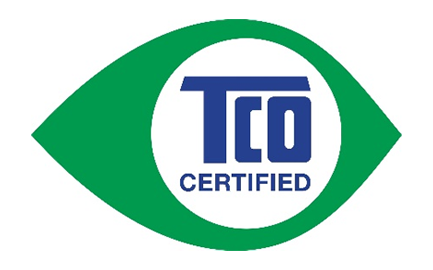
The renewal of IT equipment certification once again strengthens the restrictions on halogen-containing flame retardants and allows the use of safe halogen-free flame retardants (pin FR).
TCO certified 9th generation products are mainly used as protection labels for office and household electronic products. In order to meet the needs of health, environment and worker protection, the new generation products will further solve the problems of sustainability, recyclability and life extension of raw material supply. The new generation products cover not only the chemicals existing in the products, but also the chemicals used in IT manufacturing).
The updated standard prohibits the use of halogen-containing flame retardants in some parts (such as monitors, computer shell parts and Power PCB, etc.), prohibits the use of specific brominated flame retardants (PBB, PBDE, hbcdd) in all parts, and carries out safety assessment on halogen-free flame retardants (pin FR) (according to greengreen) ® Score 2, 3 or 4), and approve halogen-free flame retardants with higher safety.
Therefore, there are currently 22 pin FRS authorized by TCO as "accepted safety substances", mainly including flame retardants based on phosphorus, melamine, ammonium, aluminum, magnesium and Siloxane / silicone.
02. The European Court of justice confirmed the ban on halogen flame retardants

The EU ordinary court has issued the EU ecological design regulation, which prohibits the use of halogen-containing flame retardants in televisions and displays.
The court rejected the objection raised by BSEF, whose members were four companies producing brominated flame retardants (BR FR). Since March 2021, EU ecological design regulation 2019 / 2021 prohibits the use of halogenated flame retardants in the shells and supports of all televisions and electronic displays larger than 100cm2 sold in Europe.
The court rejected the suggestion in the ecological design regulation that all brominated flame retardants could not be banned, on the grounds that brominated flame retardants had other applicable EU regulations (e.g. RoHS, reach).
However, the court held that the prohibition of all brominated flame retardants in some products of televisions and displays did not contradict RoHS's extensive restrictions on specific brominated flame retardants in all electronic equipment. The court ruled that when the European Commission decided to ban the ecological design of all halogen flame retardants (if applicable), it conducted the necessary prior consultation and fully considered the relevant information. It is legally effective to ban all halogen flame retardants as a group. Considering the improvement of the recovery rate of plastics in electronic components, this applicable ban is "reasonable".
2、 Supervision and consultation
01. Update the proposed regulatory text of CPR
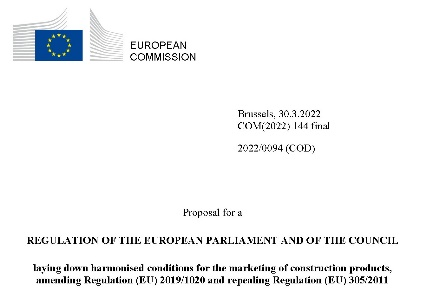
As of June 1. The EU has published the proposed text of the revised construction products regulation (CPR) for comments.
Pinfa has made comments in the preparatory stage. The revision of CPR aims to solve the implementation of current regulations and single market problems, promote the goal of environmental green trading, and "promote product safety as much as possible".
02. Update of bat regulations in EU textile industry
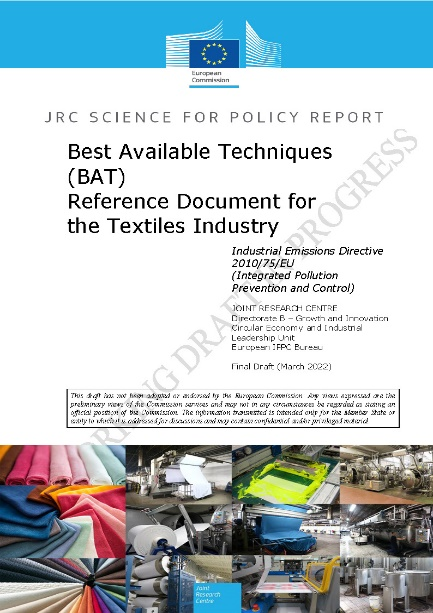
he bat updated draft will require that alternatives to brominated flame retardants be considered in fabric finishing.
According to the industrial emissions directive (IED), the EU bat specification (if specified) is legally applicable to all relevant industrial facilities in Europe. Pinfa provided detailed comments on the process of updating the bat reference document (BREF) of the textile industry in 2020.
The current BREF began in 2003. The updated bat BREF for the textile industry will be adopted at the IED forum in May 2022 and now includes a new requirement (BAT 50) to consider the relevant risks when selecting flame retardants for finishing, especially persistence and toxicity, as well as "alternative possibilities (such as brominated flame retardants)", and establish a chemical management system for the whole textile process, Including regular analysis of the possibility of replacing "safe alternatives to hazardous substances and substances of high concern (such as perfluorooctane sulfonic acid, phthalates, brominated flame retardants, substances containing hexavalent chromium)".
The proposed update also requires (BAT 7) to monitor the discharge of brominated flame retardants into water, (BAT 14) wastewater treatment requires the removal of organophosphorus and brominated flame retardants, and (BAT 30) separate collection of wastes containing dangerous or concerned organophosphorus or brominated flame retardants.
03. EU conducts chemical information consultation
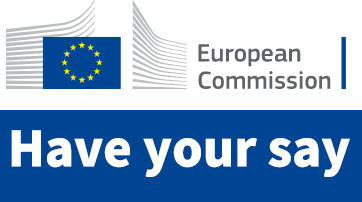
Proposals for harmonizing different chemical assessment procedures and improving access to chemical data.
As part of the EU strategy for the sustainable development of chemicals, the Committee proposes to simplify the assessment of chemicals studied by EU institutions (ECHA, EFSA, EEA and EMA), as well as EU expert groups, scientific committees and contractors. It is also proposed to establish an EU repository for limiting values of chemicals for human and environmental health, as well as an open data platform on chemicals.
04. EU consultation on reach

Including: essential use, endocrine effect and endocrine interference.
05.1-bromopropane evaluation in Canada
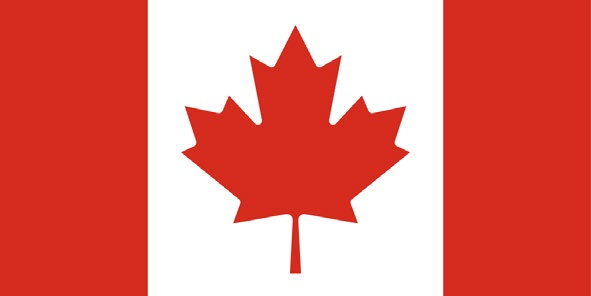
Canada proposes to classify the persistence, health and environmental risks of non flame retardant chemical 1-bromopropane (NPB).
1-bromopropane is mainly used as solvent, degreaser or intermediate in chemical production, as well as adhesive and sealant, rather than flame retardant.
The draft assessment of 1-bromopropane published by the government of Canada recommends that the substance be classified as having health and environmental risks (Article 64 of the Canadian Environmental Protection Act) because of the risk of developmental toxicity in the use of the substance in silicone release agents, electronic cleaners and automotive air conditioning flushing, i.e. uses unrelated to flame retardancy.
The draft assessment concluded that the other three haloalkanes (bromoethane, chloroethane and trans-1,2-dichloroethylene) did not meet the criteria of section 64 of the Canadian Environmental Protection Act. The draft evaluation will be open for public comments within 60 days from March 5, 2022.
06. EU public consultation: Toy Safety Directive
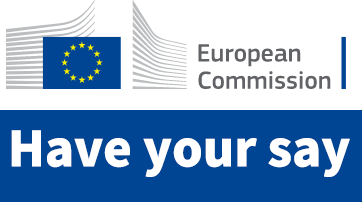
Should the regulations on chemicals in toys be stricter? Which chemicals should be restricted or prohibited?
The consultation questionnaire is open to the public and stakeholders to ask whether more stringent regulations should be made on chemicals in toys, what types of chemical risks should be targeted, how the instructions should deal with hazardous chemicals, and how to mark chemicals on toy labels.
Other issues related to market impact, cyber security, compliance assessment and compliance verification, and whether the toy safety directive should be translated into legislation (applicable to the whole EU).
07. EU public consultation: RoHS review

RoHS and recycling, key raw materials, reach. Update the process of restricted substances.
RoHS Directive (restrictions on hazardous substances in electronic and electrical equipment 2011 / 65 / EU) is currently under review. The public consultation is open to the public. There are four questions about RoHS and recycling (hazardous substances in recycled materials and recycling costs), as well as 30 questions for industries and experts.
These include regulatory and administrative aspects, scope and exemptions, compliance and market surveillance (including online EEE sales), standards allowing the recycling of restricted substances in EEE, key raw materials of EEE, process for reviewing and amending RoHS restricted substances list, and consistency between RoHS and pop (persistent organic pollutants) Regulations for certain brominated flame retardants (PBDE).
08. Debate on EPA's conclusions on HBCD risk
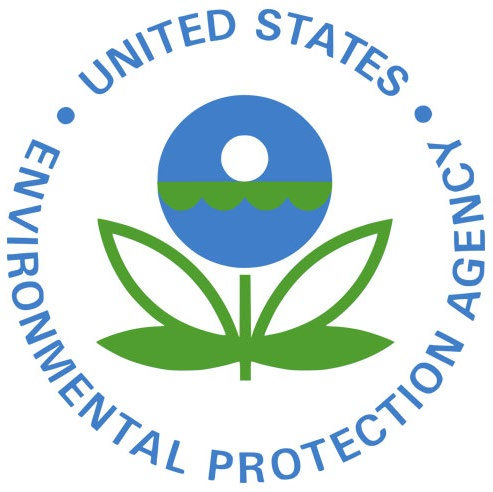
The renewal of IT equipment certification once again strengthens the restrictions on halogen-containing flame retardants and allows the use of safe halogen-free flame retardants (pin FR).
The EPA's risk assessment of hexabromocyclododecane and cyclic aliphatic bromide clusters (HBCD) in December 2021 summarized the effects on aquatic plants, fish embryos, aquatic invertebrates and earthworms, as well as the main human health effects on thyroid hormones.
The U.S. chemical Committee has opposed the use of "chemical methods as a whole" rather than "risk specific methods". On the other hand, the Environmental Association believes that the "holistic chemistry" approach respects the wording of the law (TCSA), namely "chemical substances". This "holistic chemistry" approach is now being applied to revise EPA decisions on many chemicals.

 Wechat scanning communication
Wechat scanning communication